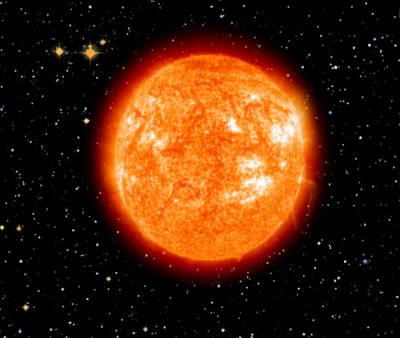The survival of these phenomena in rarer corona is only possible if the pressure of the gas of the prominence is equal to the pressure of the prominence of the surrounding corona. Gas pressure is proportional to its density and temperature, therefore, how many times a higher density of gas of prominence is, so many times his temperature is lower than the temperature of surrounding corona.
Considering the prominence density is 100 times greater than in the corona, substance must be in it for as many times in a lower temperature. Magnetic field has a crucial influence on the motion of particles inside the prominence, therefore, they can be considered as materialization of magnetic field above the active area.

The average prominence last about three suns trades, but the ones that have lasted years and over were seen. They occur most frequently in the form of quiet prominence, they are fixed and can be seen in all parts of the Sun. They have a length of about 200 000 km and in extreme cases may extend up to 1.9 million km. They rise to a height of about 50 000 km, while their width does not exceed 6000 km. They consist of flow whose diameters are about 1000 km. Temperature of quiet prominence usually amounts to about 15 000 K. They can be likened to a bridge or viaduct. The lower ends of the prominence have a foothold in the area between supergranules, they moved at various heliographic latitudes and change direction.
In addition to quiet there are active prominences. Active prominence develop very rapidly (from ten minutes to several hours), and appear at all heliographic latitudes. The best they can be seen when they take the form of loop. Then you can detect the movement of matter in the prominence. It can be seen how the gas interflows from down the sides of loops or how arises from the chromosphere on one side, moves along the loop and immersed in the chromosphere on the other side. Gas flows along the magnetic field lines at speeds of several hundred kilometers per second. The average gas temperature in the active prominence is approximately 25 000 kelvins.
In the areas of sunspots appears so called eruptive prominences. Unlike previous prominences, the prominence of this type spreads to a very great height, even more than a million kilometers. They most frequently occurring in the form of the arch that is rapidly increasing, and after a breaking of arch material falls back into the chromosphere. Another group are prominences of sunspots. The name itself says that they are always associated with groups of spots. Their forms follow the lines of forces of strong magnetic fields and when they are on the edge of the Sun, they are seen in a loop.
